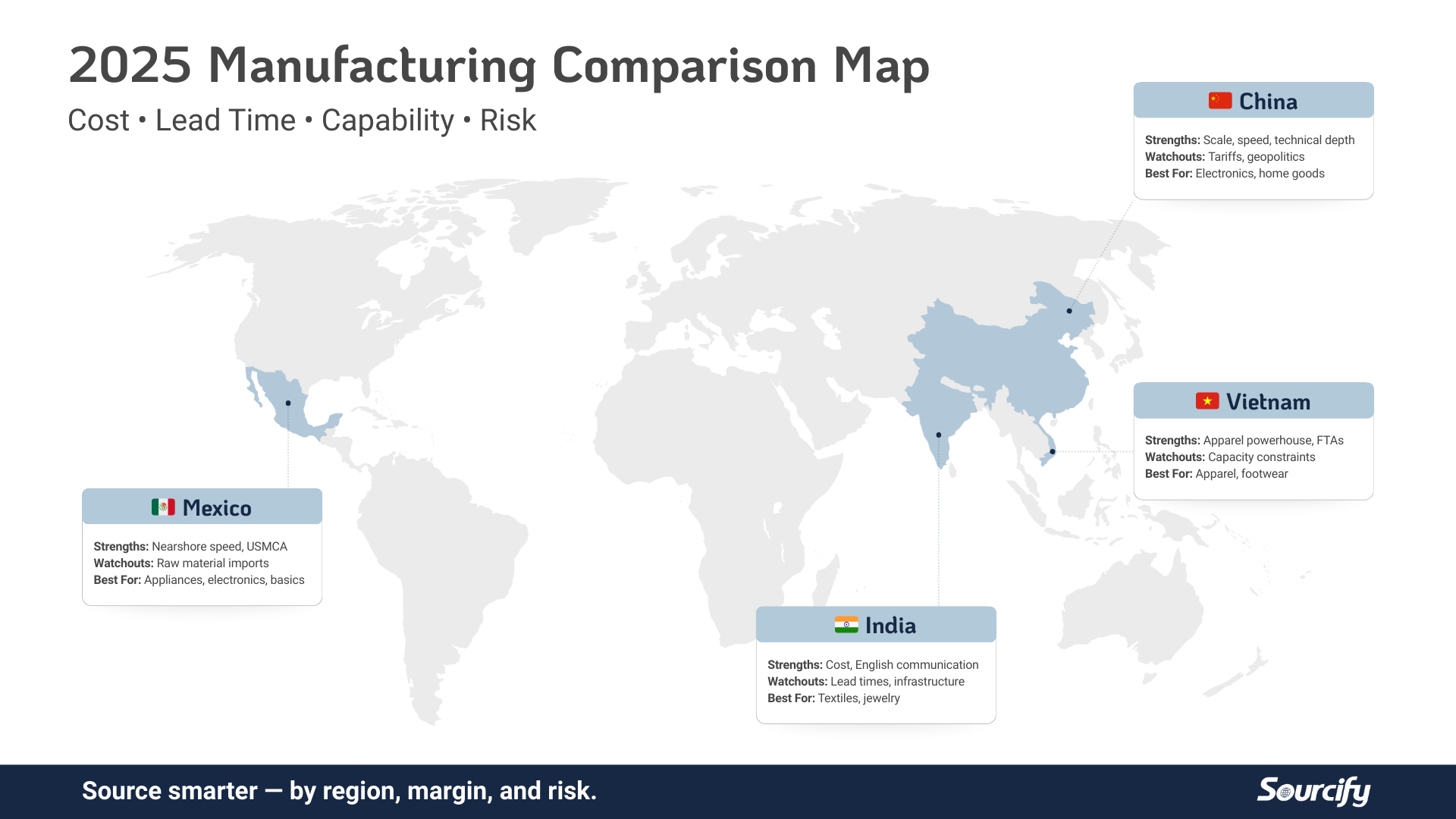In the ever-evolving world of e-commerce, few stories are as intriguing and instructive as that of Thrasio. Founded in 2018, Thrasio skyrocketed to success by acquiring and scaling Amazon third-party businesses, achieving unicorn status and a $10 billion valuation in record time. However, by 2024, the company faced bankruptcy, leading many to question what went wrong and what could be learned from their journey. In this blog post, we delve into Thrasio’s rise, the adversity they faced, and the lessons every e-commerce entrepreneur can glean from their experience.
1. The Concept Behind Thrasio
Thrasio was born from a simple yet powerful idea: acquire smaller, profitable Amazon e-commerce brands and scale them under one umbrella. The founders, Carlos Cashman and Joshua Silberstein, focused initially on Amazon due to its established tech infrastructure, which allowed them to standardize and streamline operations across multiple acquisitions. Their strategy centered on leveraging data-driven tactics to optimize operations, enhance marketing efforts, and expand product lines.
However, as Thrasio’s co-host Nathan highlights, many in hindsight feel that a focus on Shopify brands might have been more effective. Shopify businesses often come with direct customer relationships, unlike Amazon’s setup, where the platform retains crucial customer data.
2. The Rocket-like Ascent
Thrasio saw incredible growth, doubling their revenue approximately every 73 days during their first two years. By 2019, they had raised seed and Series A funding, and by mid-2020, their valuation soared to $700 million. Thrasio continued to attract substantial investment, reaching a $3 billion valuation by 2021 and eventually exceeding $10 billion.
Several factors fueled this rapid rise, including low interest rates and a pandemic-driven e-commerce boom. However, host Aaron Alpeter cautions that this explosive growth came with its own set of challenges. Rapid expansion often stretches a company’s operational capabilities and corporate culture to its limits.
3. The Strategy and Expansion
Thrasio’s growth was facilitated by a significant focus on Amazon’s ad platform and streamlined supply chain management. They optimized procurement practices and leveraged economies of scale for better pricing. However, as Nathan mentions, the increasing competition and subsequent rise in acquisition multiples began to strain profitability. The price to acquire profitable Amazon businesses surged, diminishing potential returns.
The company also expanded its reach beyond Amazon, attempting to replicate their business model on international platforms like Mercado Libre and Zalando. According to Nathan, these initiatives required specialized teams and significant infrastructure investment, which diverted focus from their core strengths.
4. Cracks Begin to Show
By mid-2022, cracks began to emerge. Initial rumors of going public dissipated amid growing operational challenges. Thrasio experienced rapid turnover in the CFO position, a significant red flag signaling financial disarray. Operational missteps, such as overbuying inventory and overhiring, were exacerbated by rising interest rates and changing market dynamics.
As Aaron explains, Thrasio accumulated $425 million in excess inventory by the end of 2022, reflecting flawed demand forecasting and excessive reliance on Amazon. Their strategy to support rapid growth became untenable, requiring a recalibration of their approach.
5. The Road to Bankruptcy
In 2023, Thrasio filed for Chapter Eleven bankruptcy but continued operations under court supervision. This provided an opportunity to fulfill obligations, renegotiate with creditors, and restructure the business. They brought in new leadership, aiming to reset expectations and focus on profitability.
6. Lessons from Thrasio’s Journey
Diversification is Crucial: Thrasio’s heavy reliance on Amazon made them vulnerable to algorithm changes and growing competition from Chinese marketplaces like Shein and Temu.
Professionalization is Key: Rapid scaling requires early and continuous professionalization of systems and processes. Organizing contracts, financial information, and integrating robust accounting measures are essential from day one.
Focus on Core Strengths: Diversification should be strategic and well-resourced. Aaron suggests that carving out dedicated teams for new initiatives can prevent distraction and maintain operational focus.
Prepare for Financial Shifts: Variable interest rates contributed to Thrasio’s financial struggles. Fixing rates where possible can provide stability amid market fluctuations.
Conclusion
The story of Thrasio is a powerful reminder of both the potential and pitfalls of rapid growth in the e-commerce sector. They were the darlings of the aggregator space, achieving unprecedented success in a short time, but also faced a swift downfall due to strategic and operational challenges. As they emerge from bankruptcy, they offer invaluable lessons for entrepreneurs and investors alike. The key takeaway: Sustainable growth requires focus, strategic diversification, and professional management from the get-go.
What are your thoughts on Thrasio’s journey? Share your insights and join the conversation on LinkedIn or Twitter. Don’t forget to like, subscribe, and leave a review for our podcast “E-commerce on Tap” for more intriguing analyses and industry stories.
What the full episode here.




